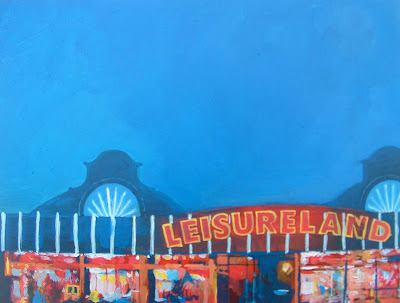
An awesome bridge - no unnecessary adornments, just a simple, plain suspension bridge, it is breathtaking.
Cue my nerdy bridge bit...
...With a centre span of 4,626 ft and a total length of 7,283 ft, the Humber Bridge was the longest single-span suspension bridge in the world for 16 years, and there is enough wire in the suspension cables to circle the Earth twice.
The views from the bridge down to the Humber estuary and Hull are amazing, the entire area sparkles with light as far as you can see.
Hulls port, coupled with its close proximity to Europe, led to extremely widespread damage by bombing raids during World War II, much of Hull was completely destroyed.
95% of its houses were damaged or destroyed, making it the most severely bombed British city or town, apart from London, during World War II.
Most of the city centre was rebuilt after the war, but as recently as 2006 researchers found documents in the local archives that suggested an unexploded wartime bomb may be buried beneath a major new redevelopment, the appropriately named 'The Boom', in Hull.
Mick Ronson of the Hull band Rats was David Bowie's lead guitarist during the Ziggy Stardust/Diamond Dogs years and Mick also recorded with Lou Reed, Bob Dylan and my old mate Morrissey!













